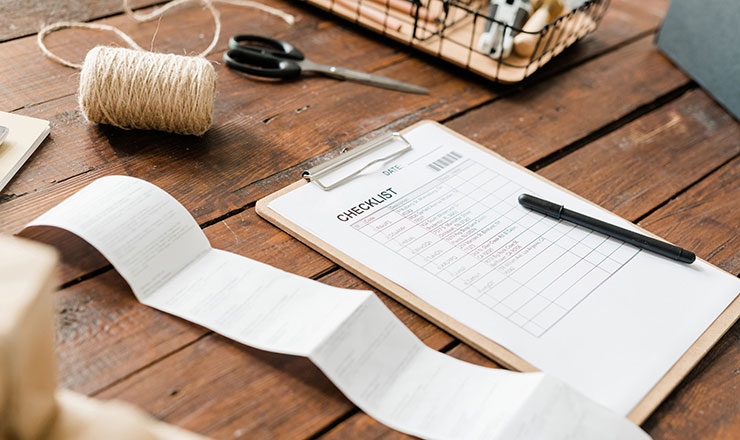What You Need to Know About Calibrating Medical Equipment

Take Control of Your Assets
A personalized demo is just one click away.
Calibrating your devices helps you minimize any uncertainty you might have in getting measurements or other statistics from a patient. Properly calibrated equipment can mean the difference between being sure of the measurements you’re giving to patients, and having to put a disclaimer on the accuracy of records you’re giving them.
No patient likes to hear that you’re unsure of the measures you’re taking and recording. If they don’t see you act with 100% certainty of the results, they may not trust your expertise. When your devices can’t be trusted, the test results you use them for can’t be trusted either.
The FDA has measures pertaining to medical equipment calibration called Quality System Regulation. This regulation pertains to the safety requirements in medical products. It also requires a reporting system to ensure the quality of specific medical devices.
Outsourcing vs. In House Calibration
There are two ways you can tackle calibration. Either outsource it to a company that specializes in doing so, or handle it in house. If your clinic is small enough, it might be worthwhile to consider outsourcing calibration. Because of the FDA regulations on product safety, your devices need to perform within a certain level before they can be used on patients.
However, with the right processes in place, in house calibration shouldn’t be too difficult. You need to make sure you understand quality requirements, how to assess for that quality, and how to regularly report on it. You’ll also need a way to track the quality of each device over time and check that quality on a regular basis.
Working with a company that specializes in calibration can be beneficial because they already have processes in place that are tried and true in terms of efficacy. However, that does mean letting someone else access your equipment. Make sure you go with a company that specializes in medical equipment calibration, as you’ll also need someone who’s aware of the specific issues and regulations you have to keep as far as equipment maintenance is concerned.
Whether you go with a separate company or keep it within your clinic, you’ll need a way to monitor the calibration as it happens. Make sure your team is using a cloud-based database so you can see what’s happening in real-time. Using this type of monitoring allows you to know when certain devices are ready for use, and lets you release them for use in your clinic.
Tracking Medical Equipment Calibration
Because device accuracy is a crucial aspect of your clinic, you need a way to track your calibration. Knowing when the last time you sent things in for testing, and how long you need to go before you test again will help you ensure your equipment is within your usage window.
Each piece of equipment has different rules and requirements for keeping it maintained. Whenever you acquire new equipment, ask your vendors what’s going to be required as far as upkeep goes. What parts are involved in the device? Are there specific actions you'll need to do to keep the hardware working at top functionality? What types of maintenance and updating will the software need? What are signs of wear, or signs that the device is in need of a checkup?
Using a program like Asset Panda can help you track your calibration, your future needs, and what has already happened. Our program will build reports for you, so you can see patterns over time. Do certain tools need more maintenance during the busier seasons? You can plan for that by scheduling reminders to perform calibration so your tools stay accessible and usable.
Take Control of Your Assets
A personalized demo is just one click away.
Related News & Press

Learn more from an Asset Panda expert
Get a FREE consultation with an asset tracking expert to find out how you can transform your asset tracking.
Contact our Sales Team at (888) 928-6112


